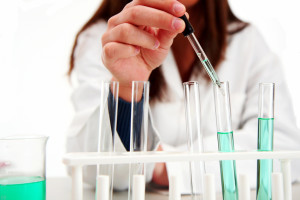Where to Look for Hidden Mold
As you know, interior mold and fungus can cause a wealth of health problems with symptoms such as runny nose, watery and itchy eyes, swollen eyelids, wheezing and coughing, just to name a few. Before you can combat mold, you have to know where it is coming from.
Moisture Causes Mold to Grow
Mold and fungus needs moisture to grow and spread. The first place to look for hidden mold would be in places like bathrooms, laundry rooms, adjacent walls and/or flooring and tiles. Generally, if you see signs of mold on the outside a wall, the chances are great that there will be hidden mold behind the wall.
Here are some common places to look for and inspect for hidden mold:
- Above ceiling tiles, particularly in damp locations
- Under sinks in bathrooms and kitchens
- Inside your heating and air conditioning vents
- Beneath carpeting in and around damp locations
- In your attic, especially if you vent household humid air into that space
Hidden Mold Causes Problems
In all cases, unless there is an outward bloom of mold that can be readily seen, it will be difficult, at best, to find any signs of hidden mold. But if you have symptoms of mold infestation, and mold is not readily present, it may be time to call in a professional to help track down and eliminate any mold problem, hidden or not, that you may have., also
For the best in NYC mold treatment, rely on the professionals at Stern Mold. We are part of the Stern Environmental Group, and have been serving the New Jersey, New York City, and Long Island area since 1995.

